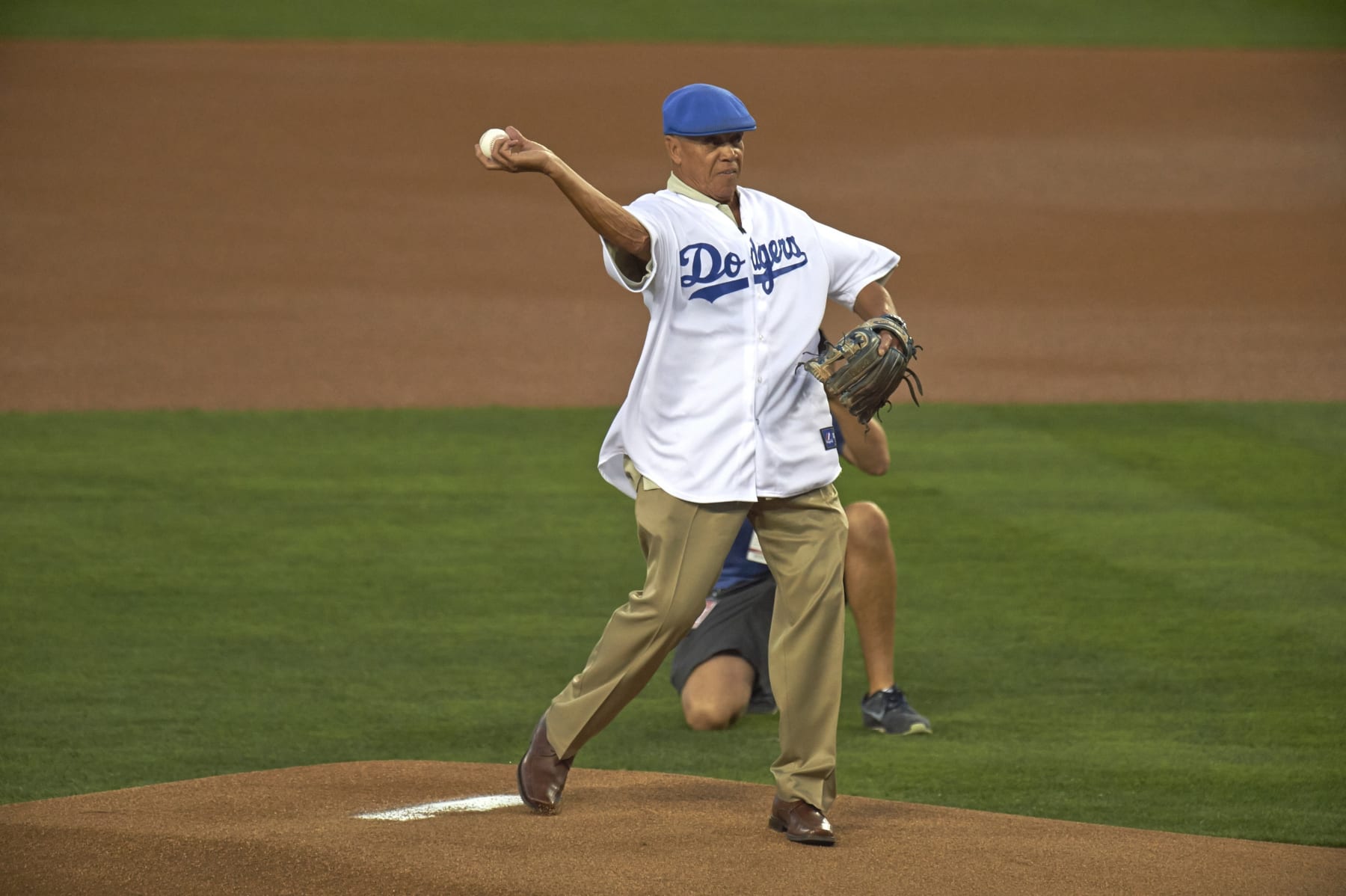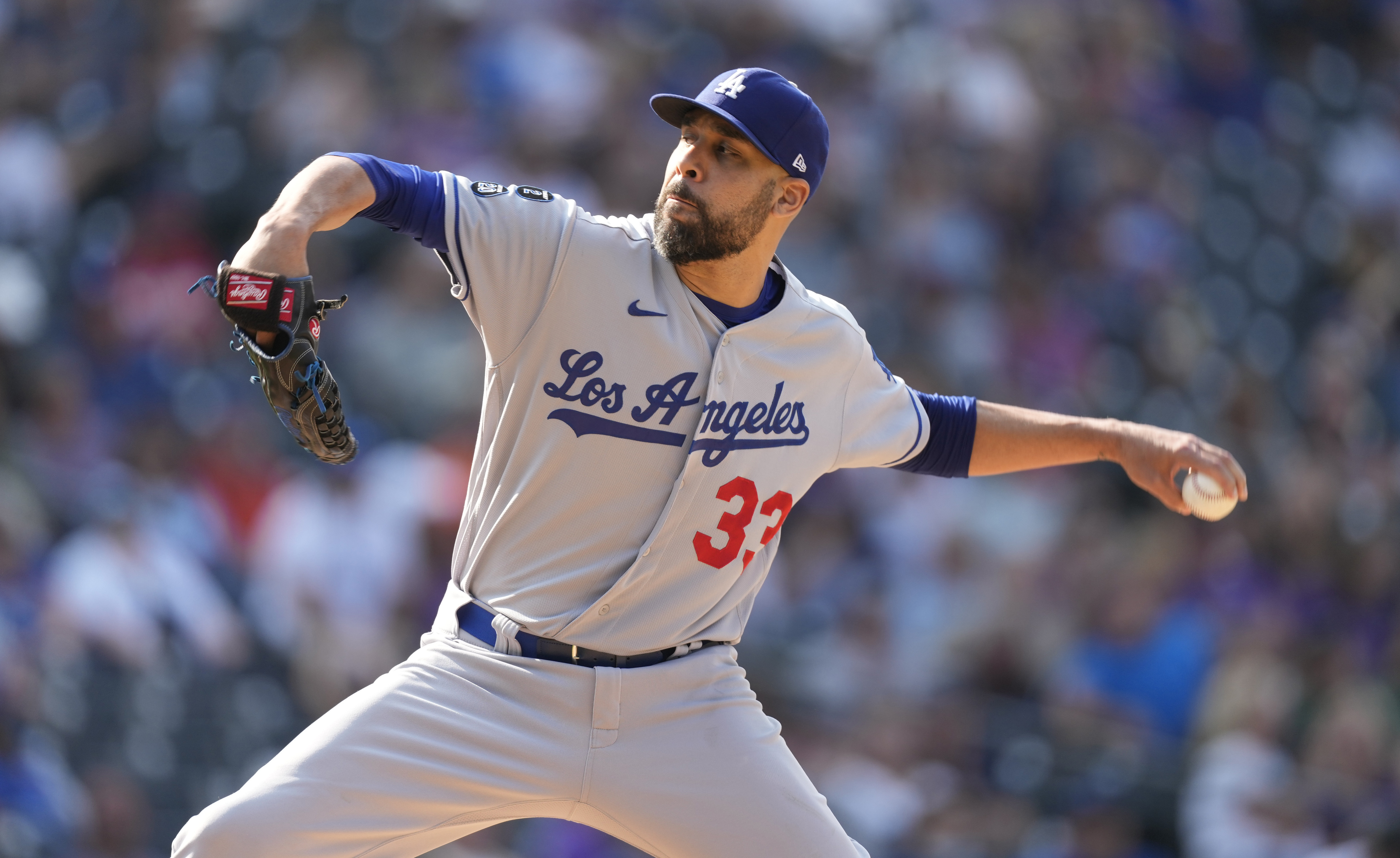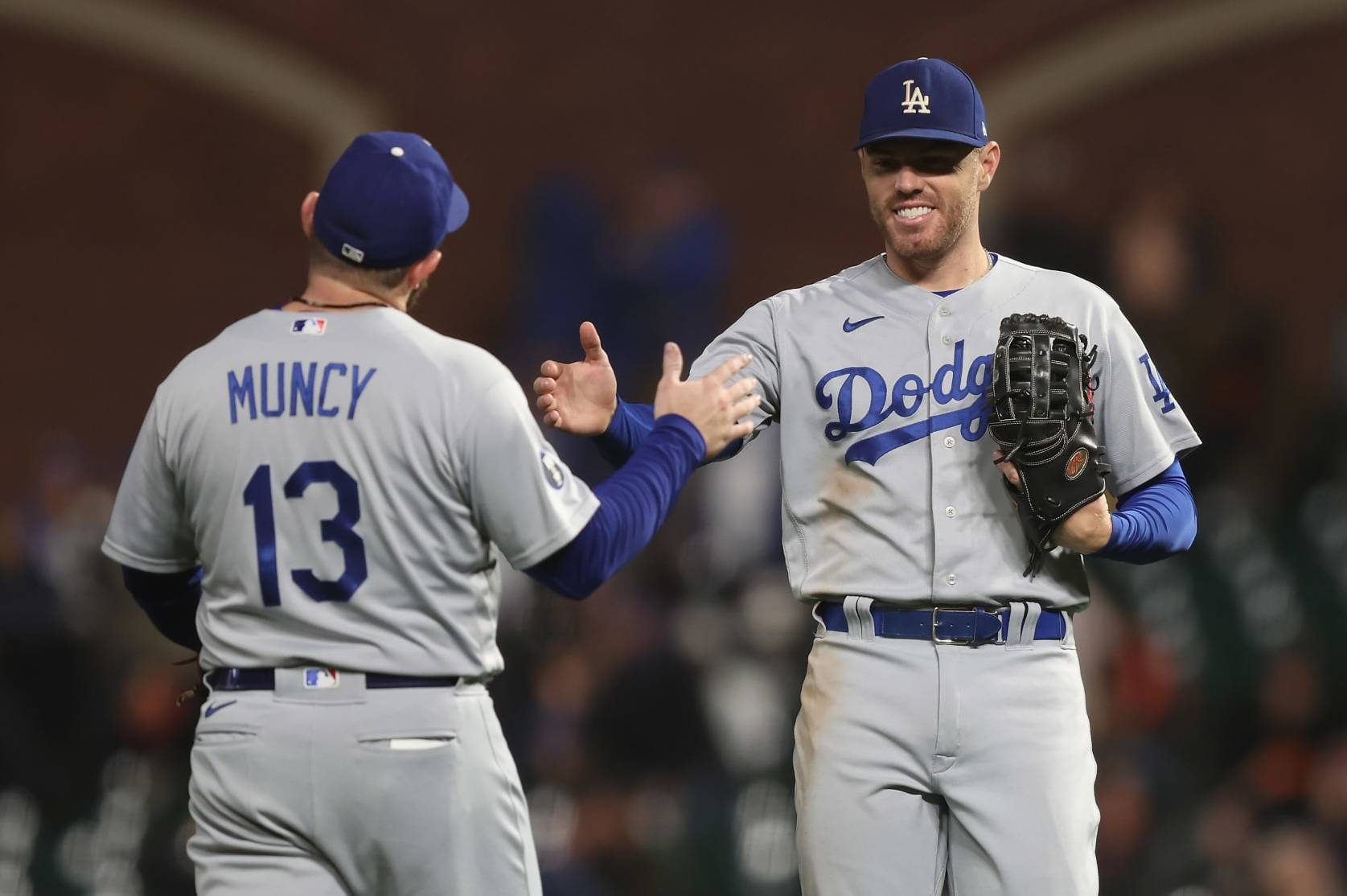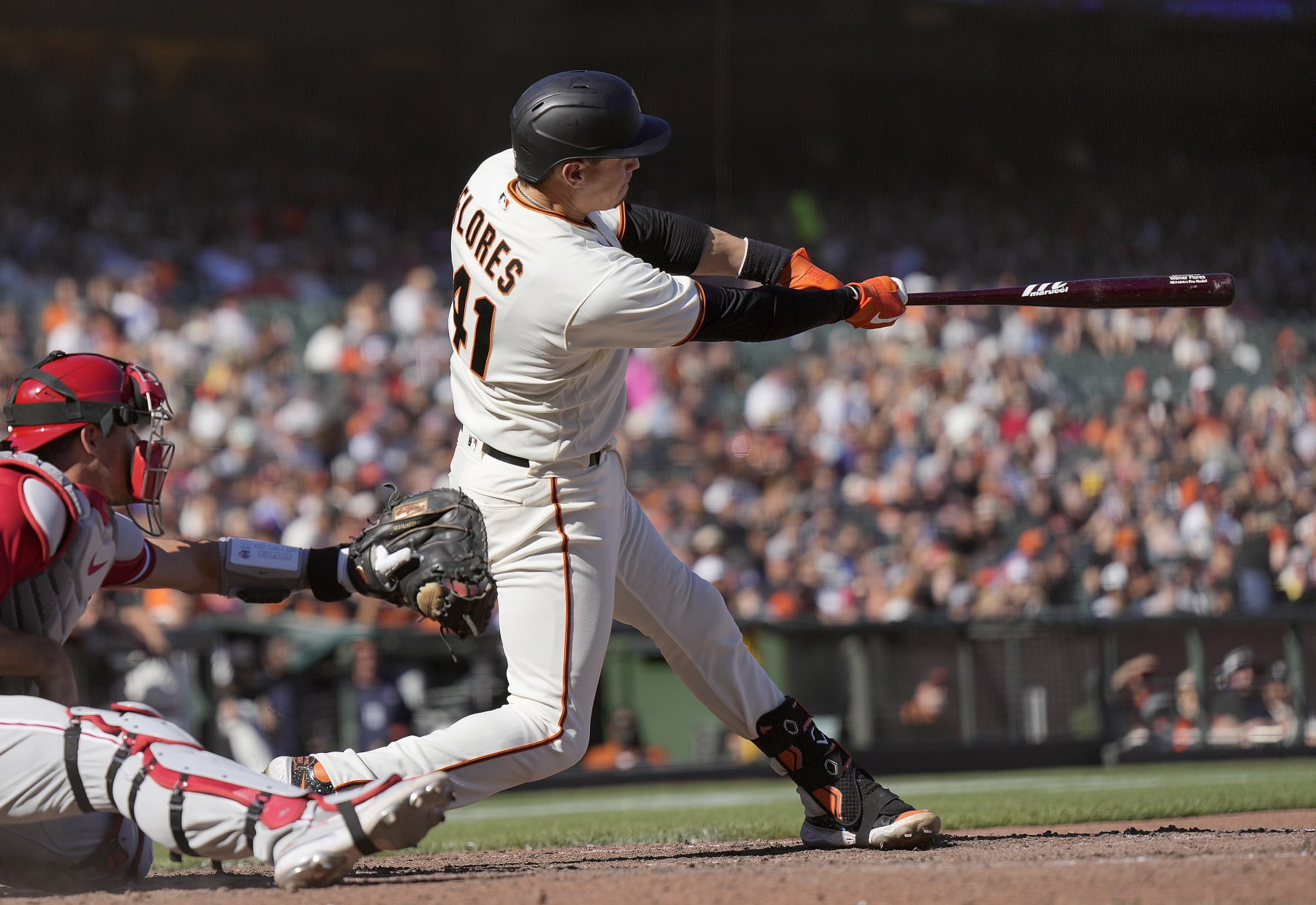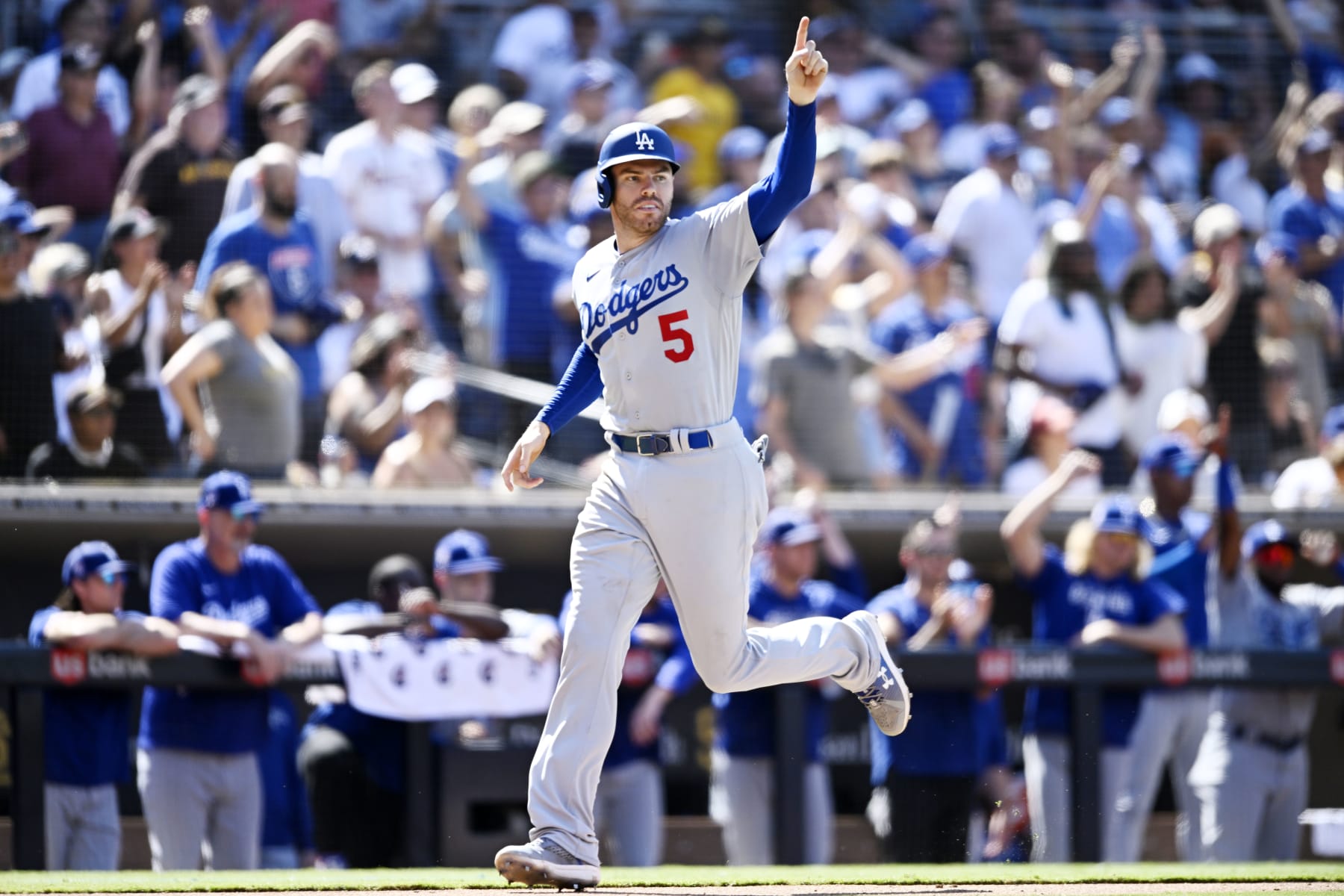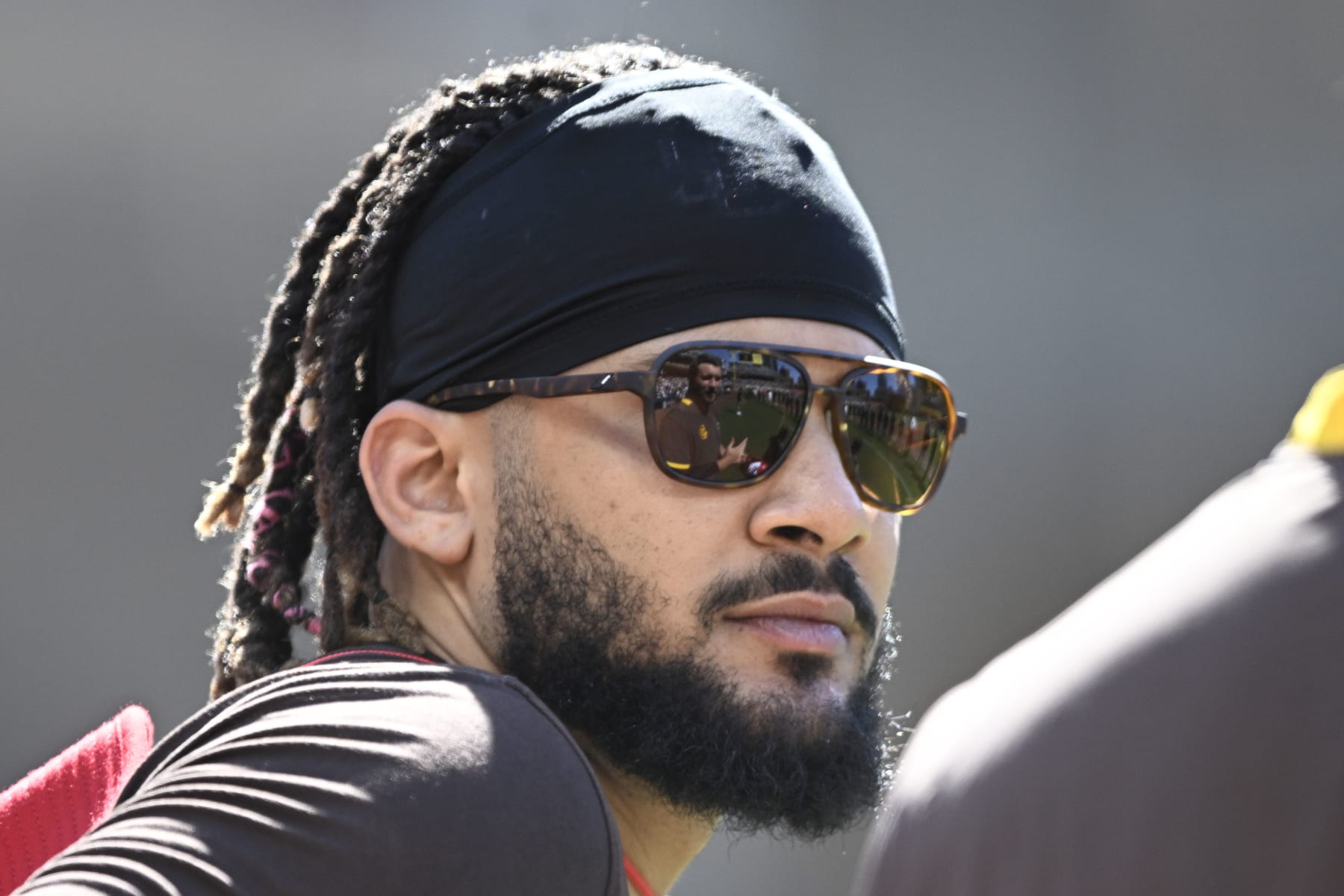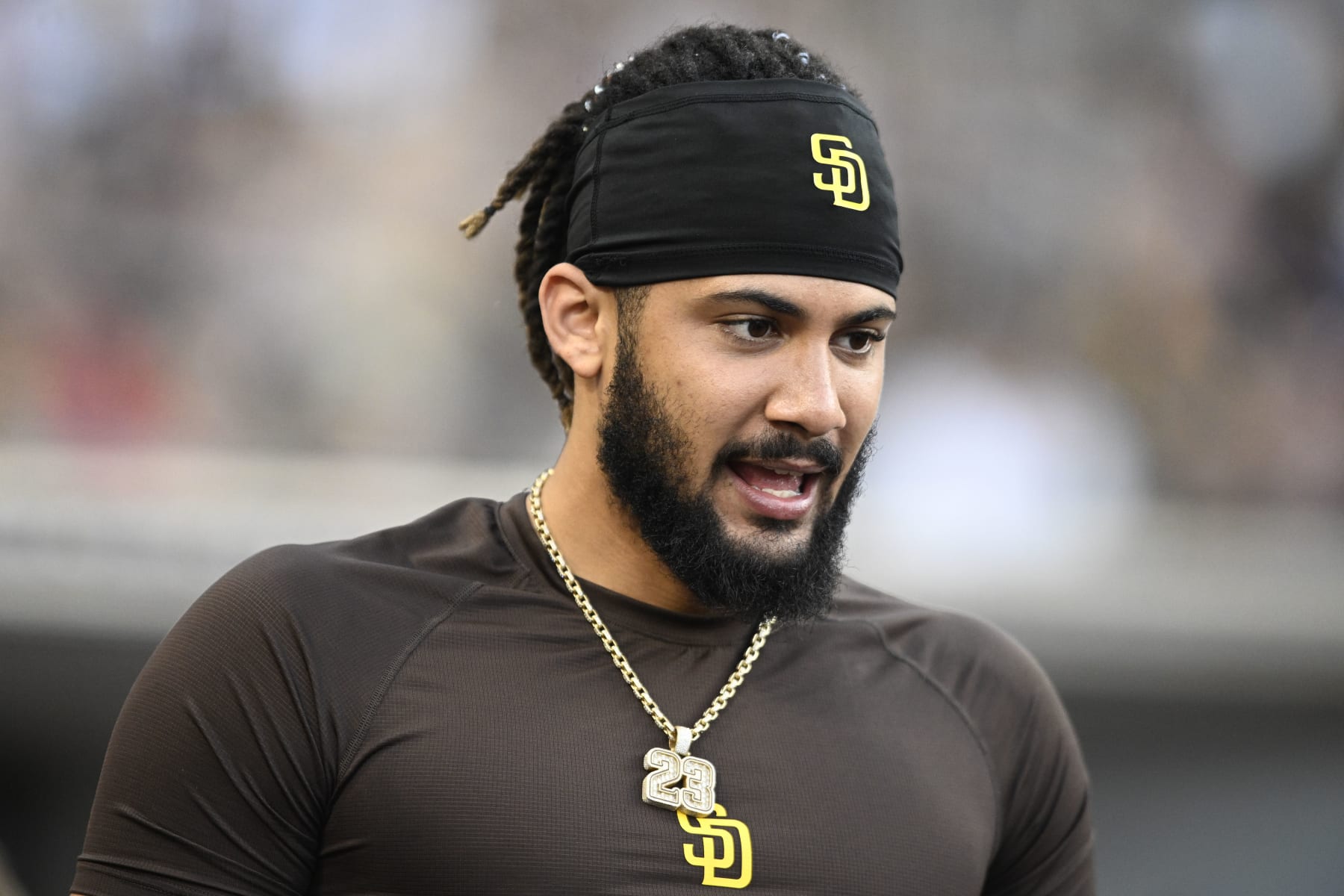Poking Holes Into Historically Great Dodgers' Chances of Winning World Series
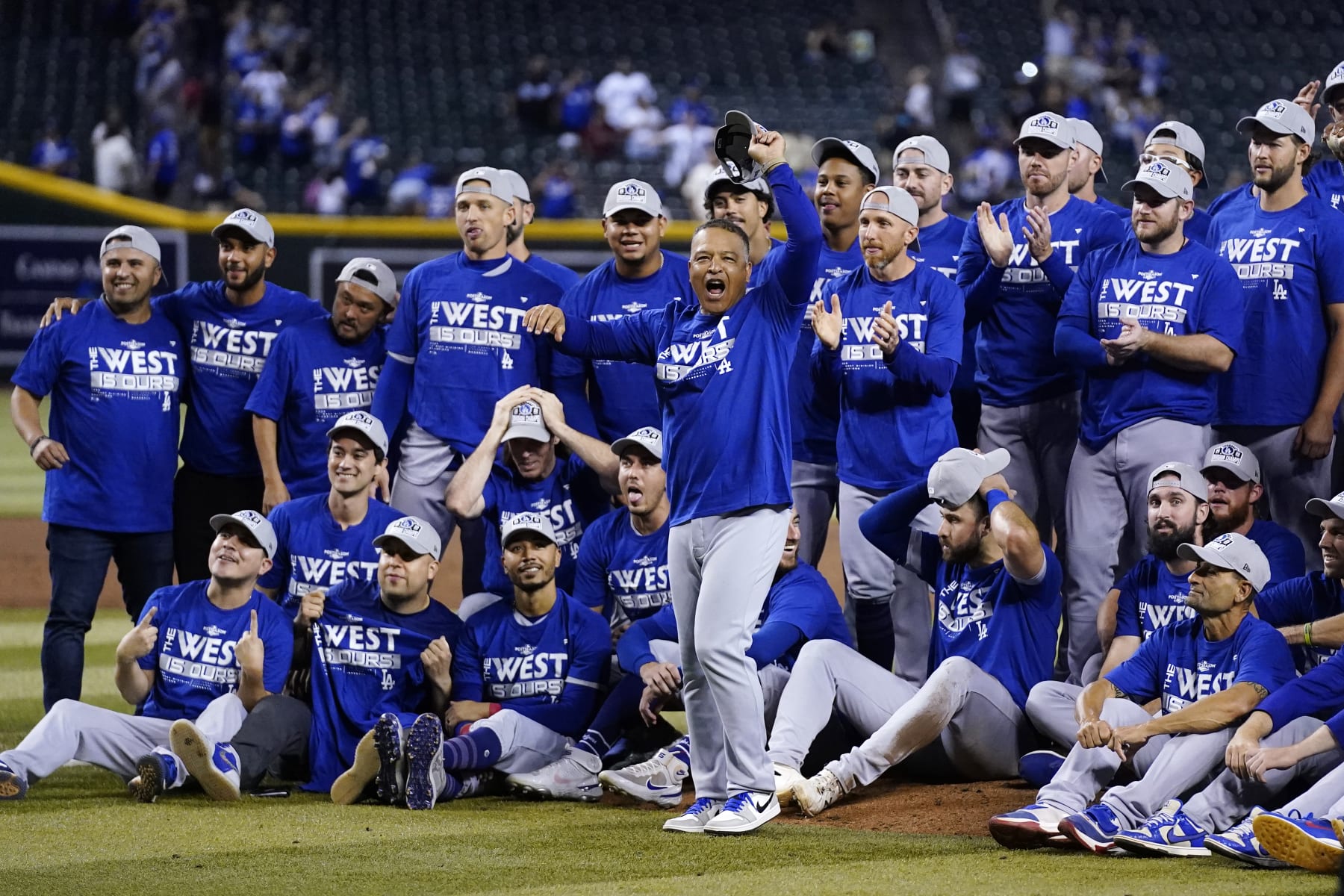
So you want to beat the Los Angeles Dodgers in the playoffs. That's going to be the extreme opposite of easy, what with their steady march toward historic greatness and all.
Still, there might be ways.
We'll get to those in a moment, but it's not a spoiler to admit up front that finding these "ways" involved picking so many nits. It's the best we could do under the circumstances, as these Dodgers just don't offer much in the way of vulnerable exhaust ports.
At 103-45, their .696 winning percentage is presently the 12th-best mark in Major League Baseball's modern history. Of the 11 teams ahead of the Dodgers on that list, nine made it to the Fall Classic, and six won it. Then there are the 1902 Pittsburgh Pirates, who played before the modern conception of the World Series debuted in 1903.
The Dodgers' run differential paints a picture of an even more dominant team. At plus-330 with 14 games left to go, they're in position to slot in at third all-time behind the New York Yankees of 1927 (plus-377) and 1939 (plus-411), both of whom won the World Series.
It's a little weird, then, that it actually is possible to find odds that don't overwhelmingly favor the Dodgers to win it all for the second time in the last three years. FanGraphs, for example, sandwiches them in between the Houston Astros and New York Mets with a 28.1 percent chance of getting to the World Series. Of winning it? They're barely on top at 17.4 percent.
This alone makes it possible to imagine the downfall of the 2022 Dodgers in the abstract. As far as what, specifically, could trip them up in reality, let's discuss.
Psh, Their Offense Isn't So Tough
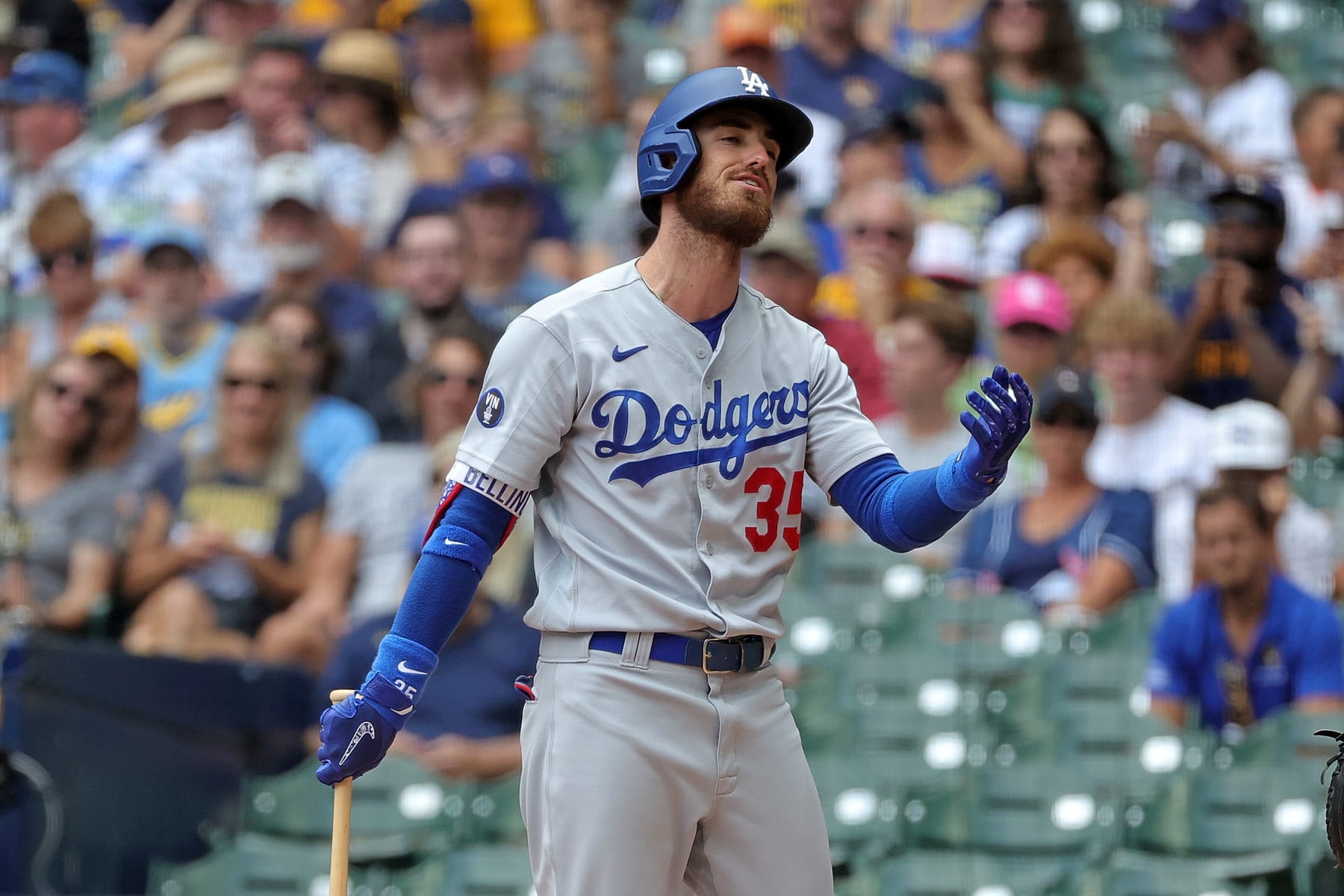
It is, of course, not true that the Dodgers offense isn't so tough.
At 5.44 runs per game, they lead the league in scoring by nearly half a run. They also rank fourth in the majors with 201 home runs, and they've more recently boosted themselves to a tie for first in that department since the All-Star break. Because home runs tend to correlate with success in October, this is a good omen for them.
As much as Mookie Betts, Freddie Freeman and Trea Turner stand out, what really makes the Dodgers lineup so dangerous is the depth that manager Dave Roberts has to work with. They're the only NL team with as many as six hitters with a 120 OPS+ and 10-plus home runs.
But even if there aren't necessarily easy outs in the Dodgers lineup, there are a few...how to put this....let's say get-able outs.
There's Cody Bellinger, whose OPS+ has fallen about 100 points since his NL MVP-winning season in 2019. There's also Chris Taylor, Joey Gallo and Trayce Thompson, who have been among the most strikeout-prone hitters in the NL since the trade deadline. Gavin Lux is hitting .294, but he has the fewest extra-base hits of any NL hitter with at least 110 knocks.
And if all else fails, opposing pitchers can always try to take away the Dodgers' main power alley.
No offense is a monolith, but this one really, really, really likes to hit the ball to the pull side. Dodgers hitters have pulled 41 percent of their batted balls, placing them comfortably atop the field in that oddly specific obviously telling category.
Not unlike Sauron from The One Ring, pulled balls are where the Dodgers draw their power. They indulge in SLG like no other team when they pull the ball, whereas they're more ordinary when they go up the middle and the other way:
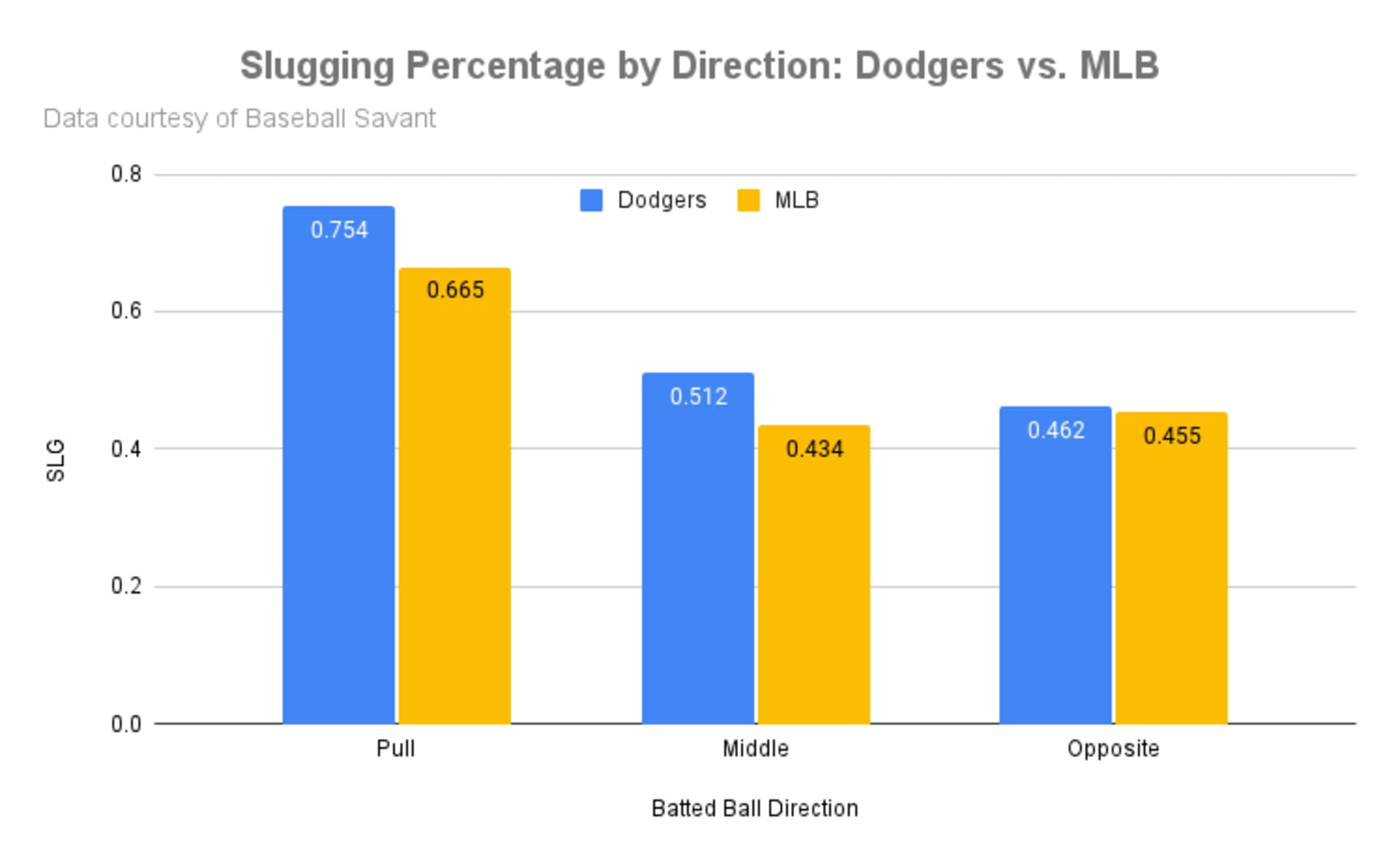
Ah, but is this exploitable? Maybe.
If a pitcher doesn't want a batter to pull the ball, it's considered a good idea for him not to give said batter anything to turn on. And while not a foolproof one, that is generally a good way to limit the damage against the Dodgers.
Whereas their right-handed hitters slug .522 against pitches on the inner half, they drop to .426 against pitches on the outer half. Their left-handed hitters experience a similar drop, from .486 to .406.
Psh, Their Starting Rotation Isn't So Tough
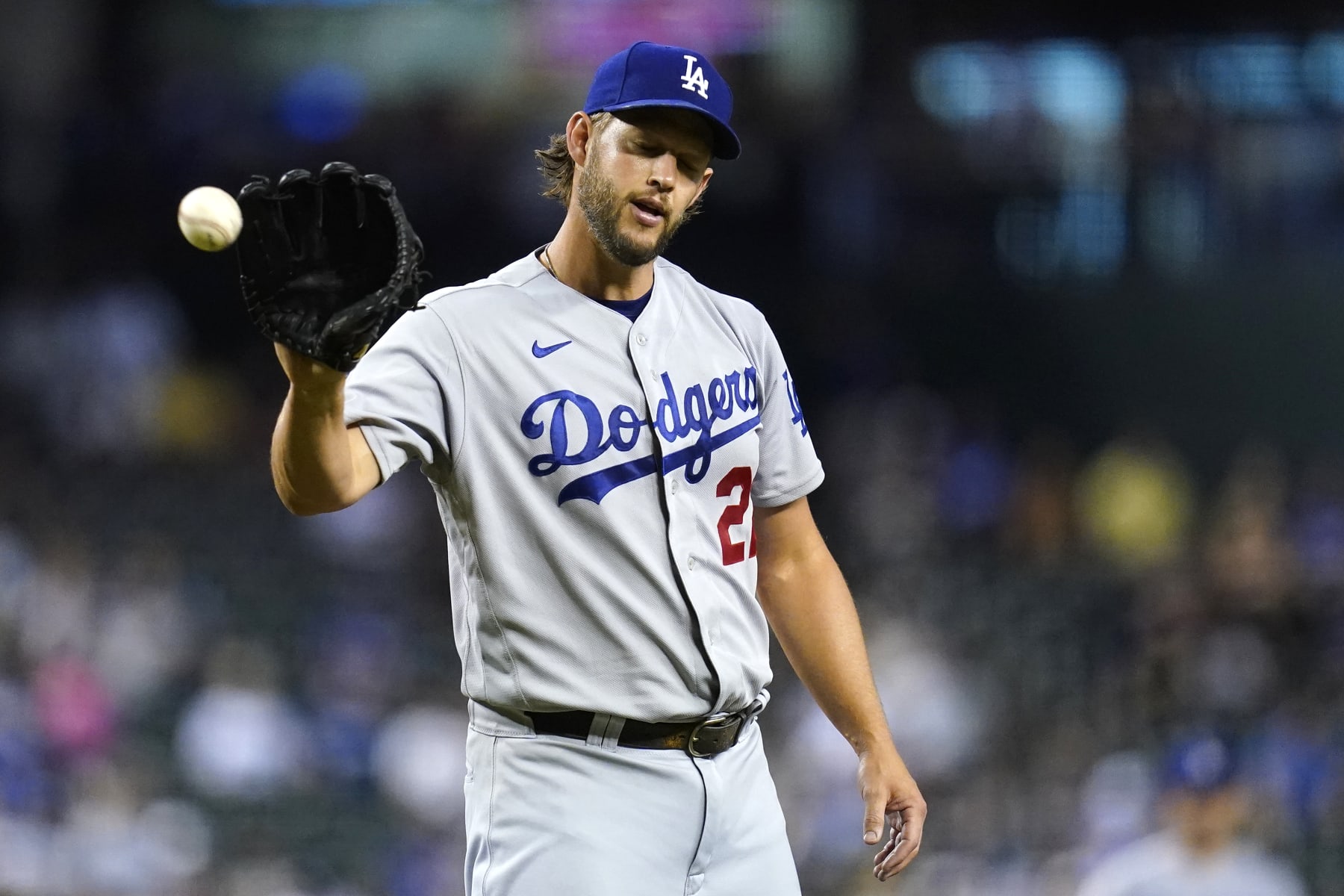
This, also, is not true.
At 2.68, Dodgers starters have the lowest ERA in the majors this year and indeed the lowest by any starting rotation since Houston Astros starters put up a 2.43 ERA in 1981.
And yet, there are cracks here. As in, real cracks. Not ones that can only be measured in angstroms, a la the ones in the offense.
They're specifically located in the right arms of All-Star right-handers Walker Buehler and Tony Gonsolin. The former underwent his second Tommy John surgery in August, while the latter is "doubtful" to return to the Dodgers rotation this season because of a forearm strain.
Without the two of them, left-handers Clayton Kershaw and Julio Urías are the default aces in the Dodgers rotation. Considering one is a three-time Cy Young Award winner and the other is one of the most purely electric pitchers in baseball right now, this is not a bad thing in the abstract.
Relative to other ace duos in the National League, however, Kershaw and Urías aren't necessarily a worst nightmare matchup for opposing hitters. They're very good without being overpowering, which shows best in how their combined strikeout rate compares to other playoff-bound ace duos in the NL:
- Jacob deGrom and Max Scherzer, NYM: 34.8 percent
- Max Fried and Spencer Strider, ATL: 29.5 percent
- Aaron Nola and Zack Wheeler, PHI: 27.7 percent
- Clayton Kershaw and Julio Urías, LAD: 25.6 percent
- Yu Darvish and Joe Musgrove, SDP: 25.0 percent
- Adam Wainwright and Jordan Montgomery, STL: 20.0 percent
If you're asking how much strikeouts really matter in October, the answer is a lot. Not unlike an offense winning the home run battle, a pitching staff winning the strikeout battle tends to portend victory in October.
There's also a relatively straightforward way for opposing hitters to avoid letting Kershaw and Urías rack up punchouts: just don't chase their pitches.
Whereas the two southpaws are collectively better than the average lefty at drawing whiffs outside the strike zone, it's a different story inside the zone:
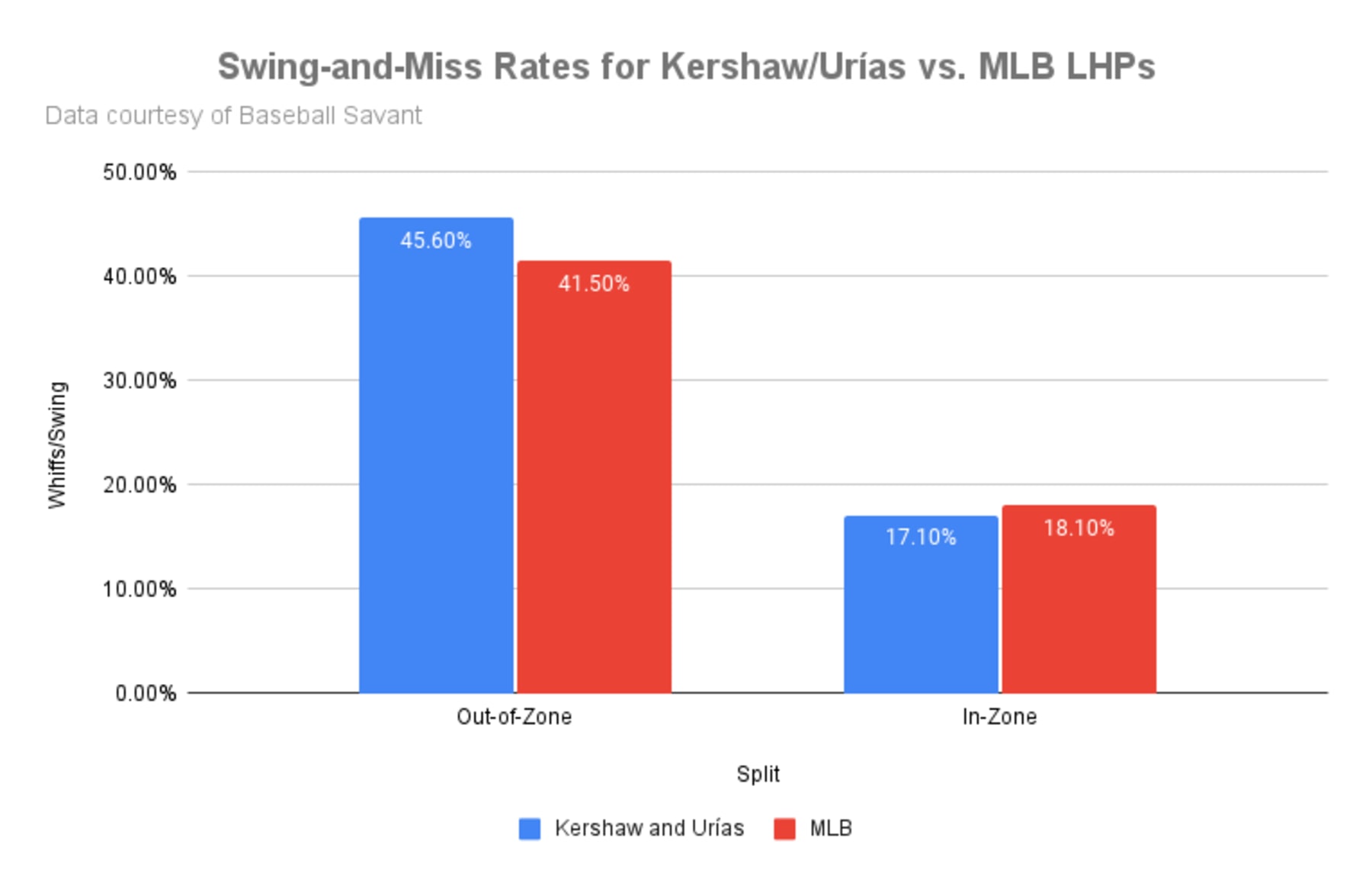
Put another way, any batter who doesn't grant Kershaw and Urías extra strikes stands to render them an even less effective strikeout machine.
Psh, Their Bullpen Definitely Isn't So Tough

This should be yet another thing that's not true on the surface, as the Dodgers have gotten a 2.95 ERA and an MLB-high 7.3 fWAR out of their bullpen.
But for all the club's success, the bullpen has surely been the most bothersome thorn in Roberts' side.
This is as much because of the injury bug as anything else. The Dodgers lost a big piece when veteran righty Daniel Hudson tore his ACL in June. They've likewise been without fellow righties Blake Treinen and Brusdar Graterol and lefty Victor González for much of the season, including right now.
So even though there's still time for those three to get healthy for the postseason, the Dodgers are frankly advised not to count on it. If they're going to survive October and play into November, they may have to do it with the guys who have gotten this far.
It's a solid bunch overall, but the link that's supposed to be the strongest is unfortunately the one that's the weakest: Craig Kimbrel.
He may be an eight-time All-Star closer with 394 career saves, but he's also a 34-year-old who looks like, well, a 34-year-old. His 27.4 strikeout percentage is about half his career high of 50.2 from 2012. That tracks with how his fastball isn't a swing-and-miss magnet anymore, which likewise tracks with how rapidly it's losing its speed:
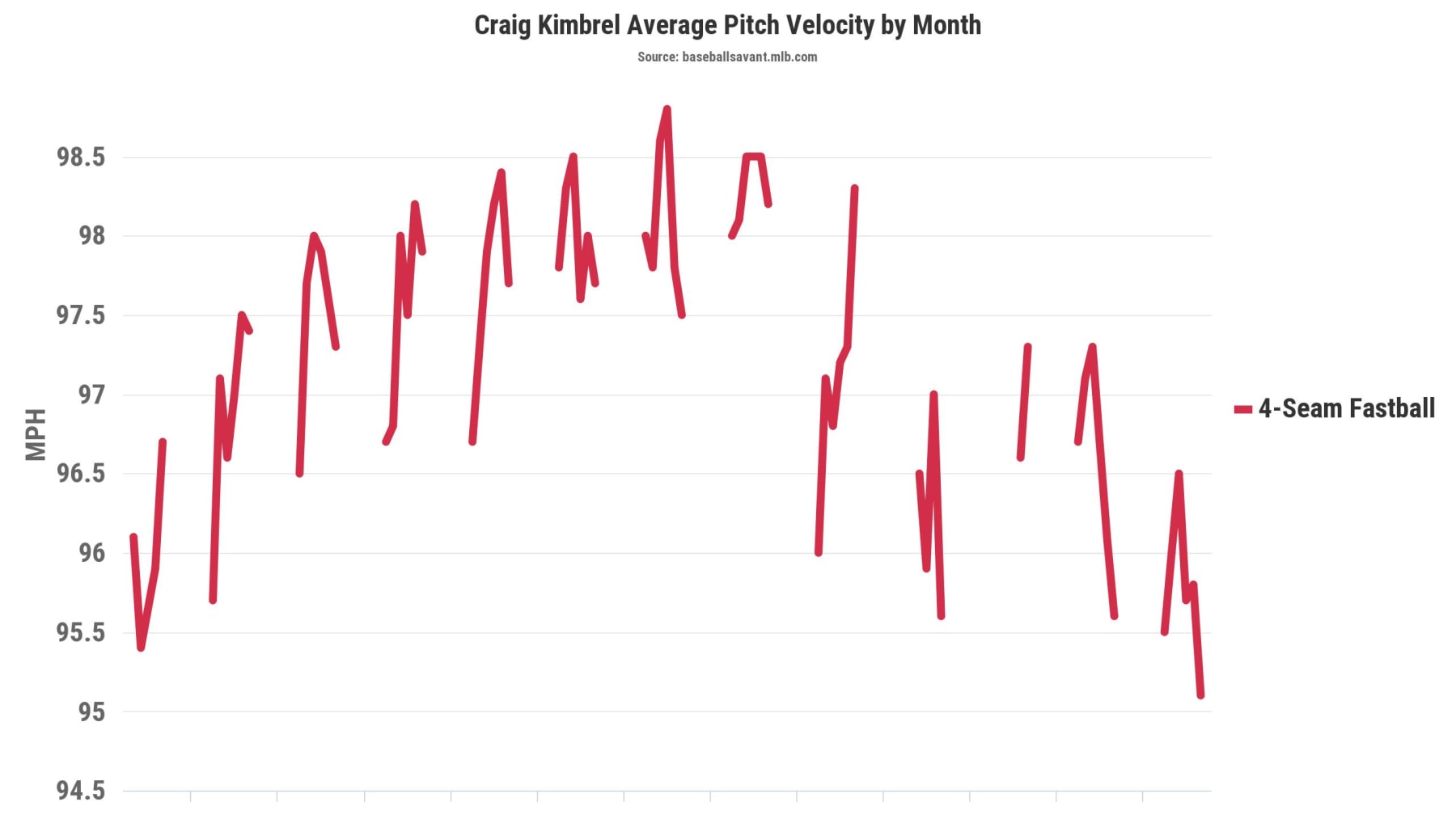
Though Kimbrel's 4.05 ERA is not the worst of his career, it's definitely not one of his best or, really, any kind of good by any kind of reasonable measure for a closer.
Kimbrel is thus far from blameless for the 4.04 ERA that the Dodgers have in the ninth inning. That's the only regulation inning in which they have an ERA in the 4.00s, and it barely puts them in the top 20 in the grand scheme of MLB. So unless he's going to turn back the clock a few years, the Dodgers' lack of a trustworthy closer may continue to haunt them in October.
Even with all this said, let it be understood that our original point about how beating the Dodgers in the playoffs will be the extreme opposite of easy still stands. It's no small deal that you arguably only need one hand to count all the teams that have ever been as good as them in the regular season.
They're not so much perfect, though, as less imperfect than everyone else in MLB right now. Perhaps that doesn't make them beatable, but they're definitely not unbeatable.
Stats courtesy of Baseball Reference, FanGraphs and Baseball Savant.

